As the world shifts towards sustainability, the aviation industry is making significant strides to reduce its environmental footprint. From groundbreaking technologies to innovative practices, the top 15 advances in green aviation are transforming how we fly. These advancements not only promise a greener future but also enhance efficiency and reduce emissions, making air travel more sustainable than ever before. Let’s explore the pioneering developments that are helping to shape the future of eco-friendly flight.
Contents
Electric Aircraft
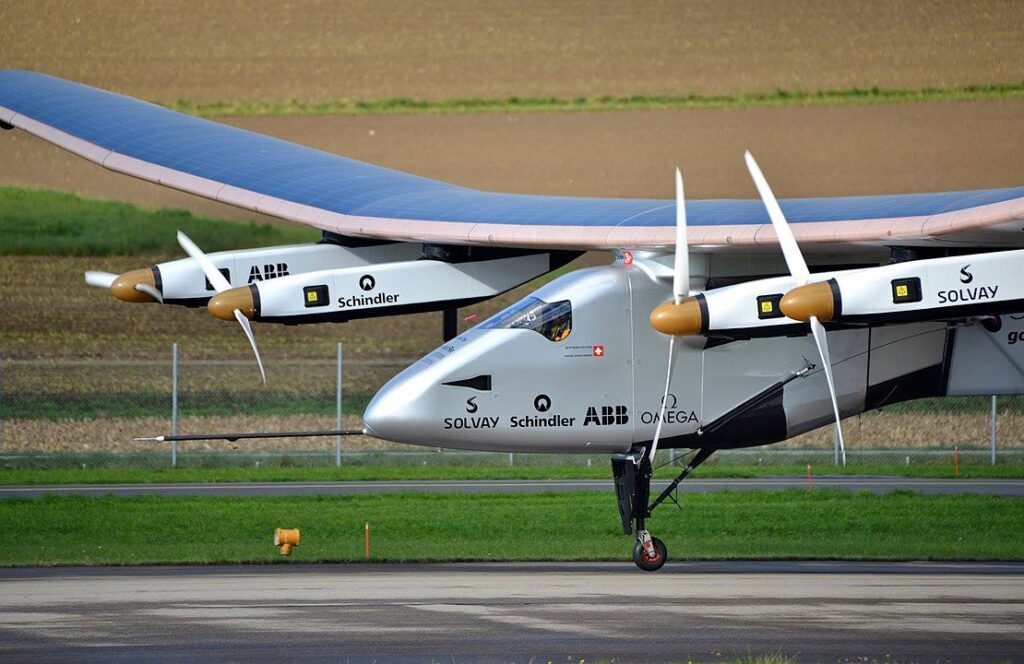
The development of fully electric planes is a monumental step towards reducing reliance on fossil fuels. These aircraft use battery power for propulsion, eliminating greenhouse gas emissions during flight. With advancements in battery technology, electric aircraft are becoming more viable for short to medium-haul flights, offering a clean alternative to traditional jet fuel-powered planes.
Hybrid-Electric Propulsion
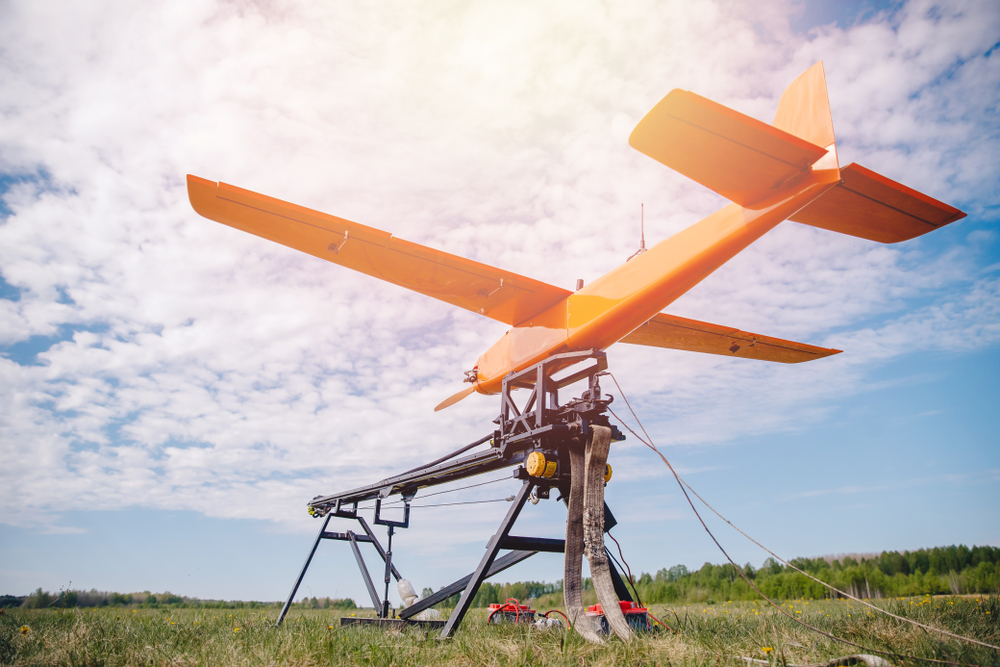
Hybrid-electric propulsion combines traditional jet engines with electric power, significantly reducing fuel consumption and emissions. This technology allows for electric propulsion during certain phases of flight, such as takeoff and landing, where emissions are typically highest, thereby decreasing the overall environmental impact of air travel.
Biofuels
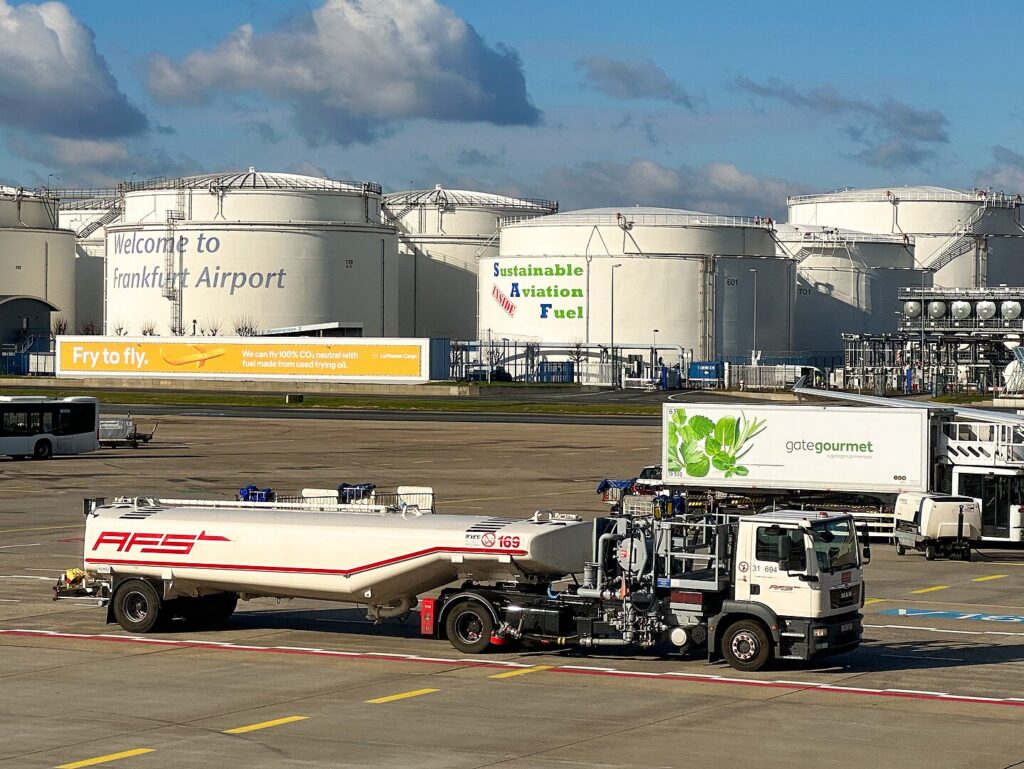
Sustainable aviation fuels (SAF), or biofuels, are derived from renewable resources like algae, waste oils, and agricultural residues. These fuels can reduce lifecycle greenhouse gas emissions by up to 80% compared to conventional jet fuel. Biofuels are compatible with existing aircraft engines, facilitating their integration into the current aviation infrastructure.
Hydrogen-Powered Aircraft

Hydrogen-powered aircraft use hydrogen fuel cells or combustion to produce zero-emission flights. Hydrogen can be produced from renewable sources and offers a high energy density, making it a promising alternative to fossil fuels. The only emission from hydrogen-powered planes is water vapor, significantly reducing their environmental footprint.
Advanced Aerodynamics
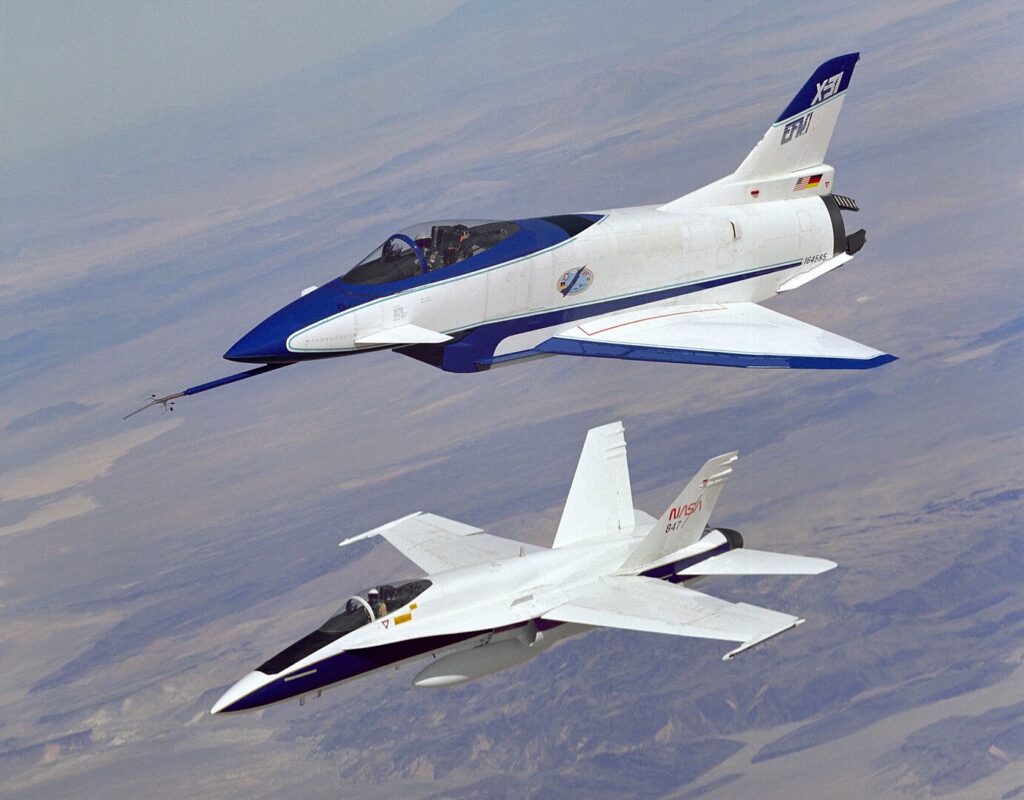
Improved aircraft designs focus on reducing drag and increasing fuel efficiency. Innovations such as laminar flow control, optimized wing shapes, and reduced surface roughness contribute to smoother airflow around the aircraft, leading to lower fuel consumption and reduced emissions.
Lightweight Materials
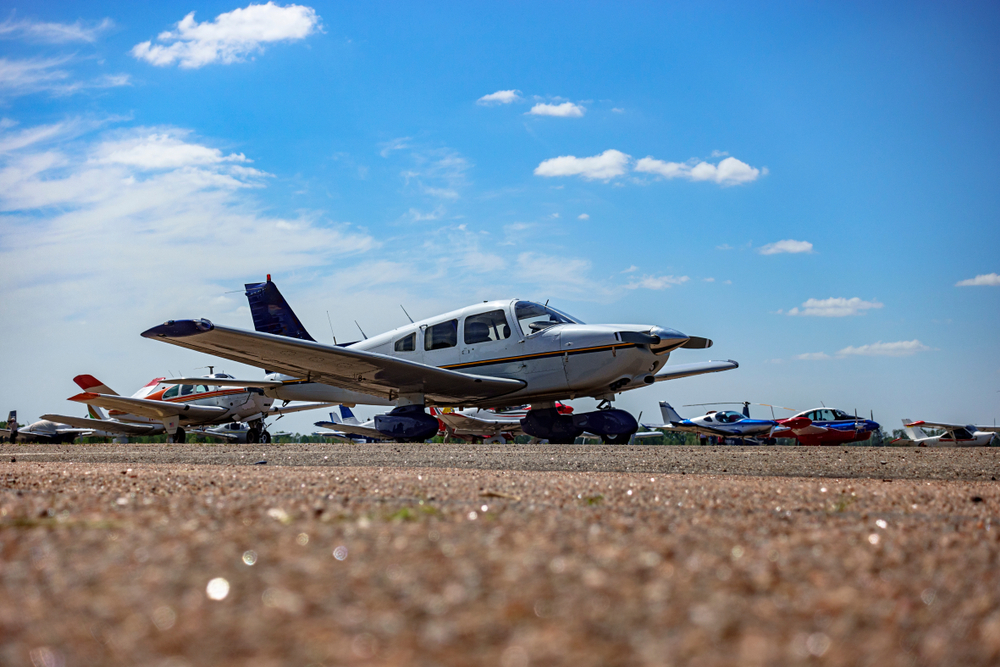
The use of advanced composites and lightweight materials, such as carbon fiber and titanium alloys, helps reduce the weight of aircraft. Lighter aircraft require less fuel to operate, leading to lower emissions. These materials also enhance the structural integrity and durability of aircraft, contributing to overall efficiency.
Winglets and Sharklets
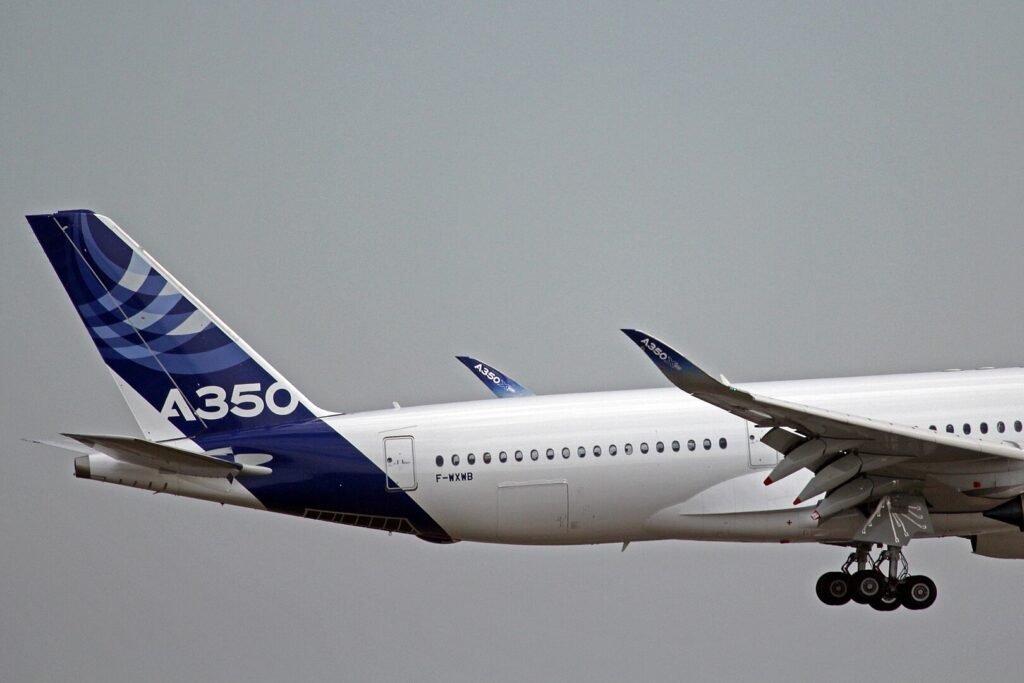
Winglets and sharklets are wingtip devices that improve aerodynamic efficiency by reducing vortex drag. These devices help aircraft save fuel and reduce emissions by enhancing lift and minimizing the turbulence created at the wingtips, leading to more efficient flight performance.
Efficient Engine Technologies
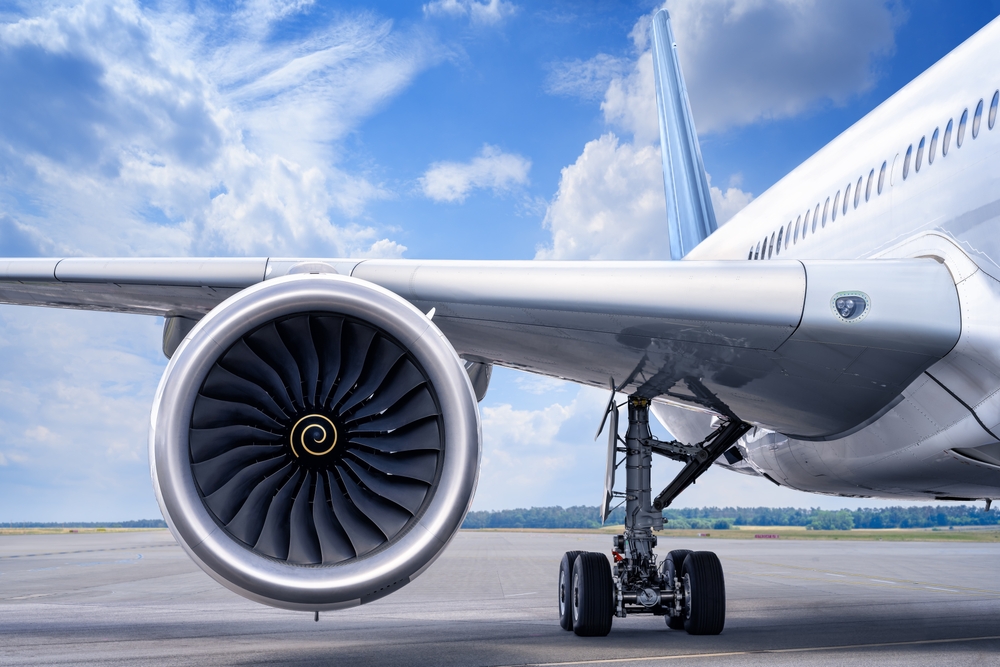
Newer jet engines are designed to be more fuel-efficient and produce fewer pollutants. Innovations such as geared turbofan engines, advanced combustion techniques, and materials that withstand higher temperatures contribute to significant improvements in engine efficiency and reductions in CO2 and NOx emissions.
Blended Wing Body (BWB) Design
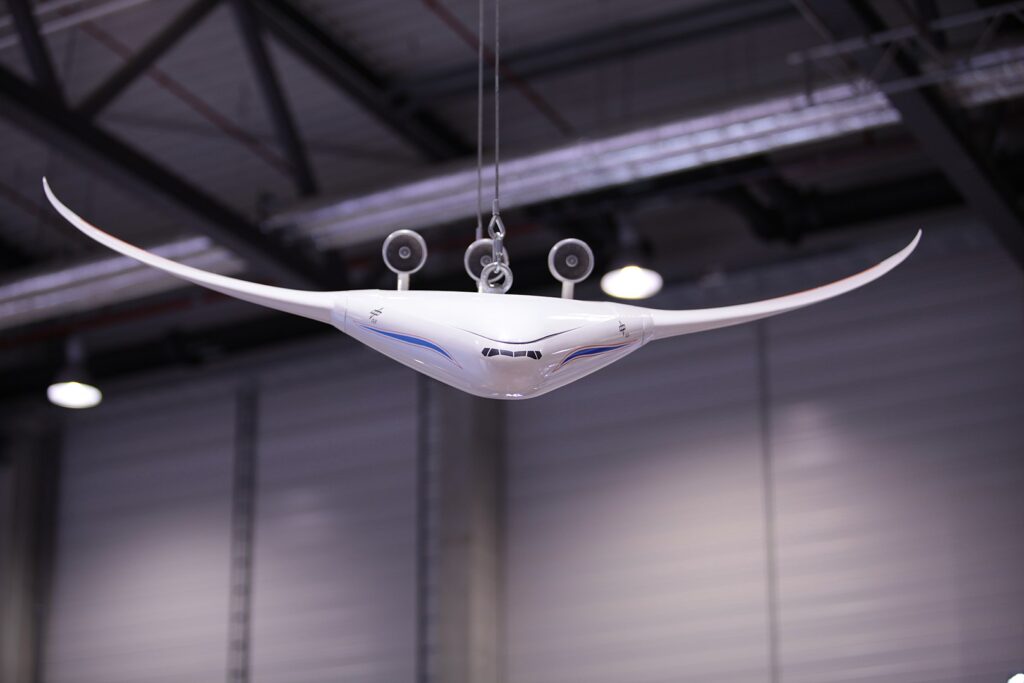
The Blended Wing Body (BWB) design integrates the wing and fuselage into a single structure, improving aerodynamic efficiency and fuel economy. This innovative shape reduces drag and provides more lift, allowing for greater payload capacity and lower fuel consumption.
Solar-Powered Aircraft
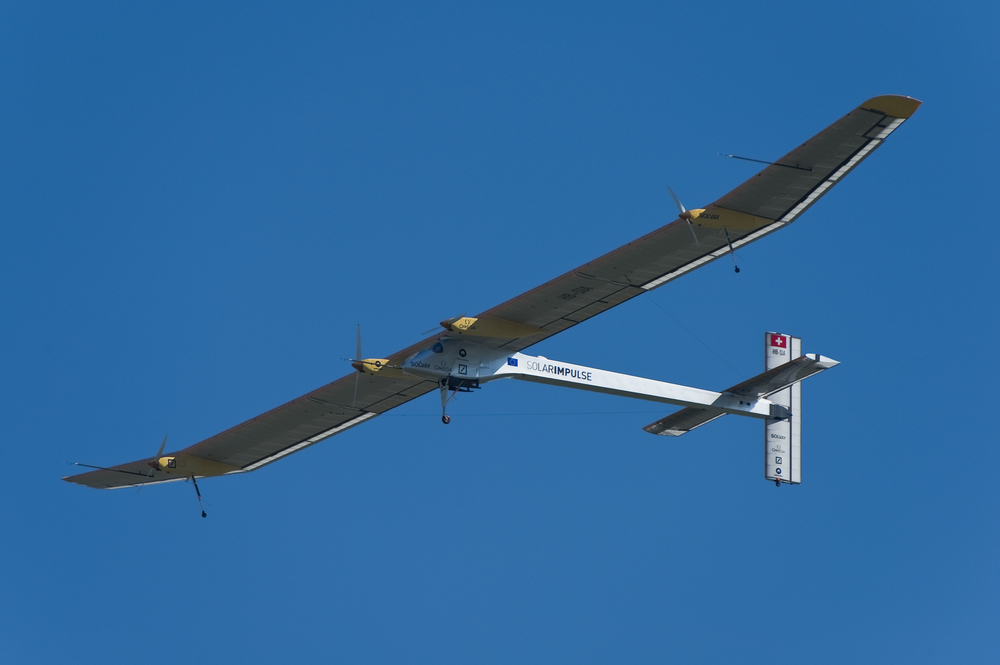
Solar-powered aircraft harness energy from the sun through photovoltaic cells on their wings and fuselage. These aircraft can achieve zero-emission flights by converting solar energy into electrical power. While currently limited to smaller and experimental aircraft, solar technology has the potential to play a significant role in sustainable aviation.
Electric Taxiing Systems
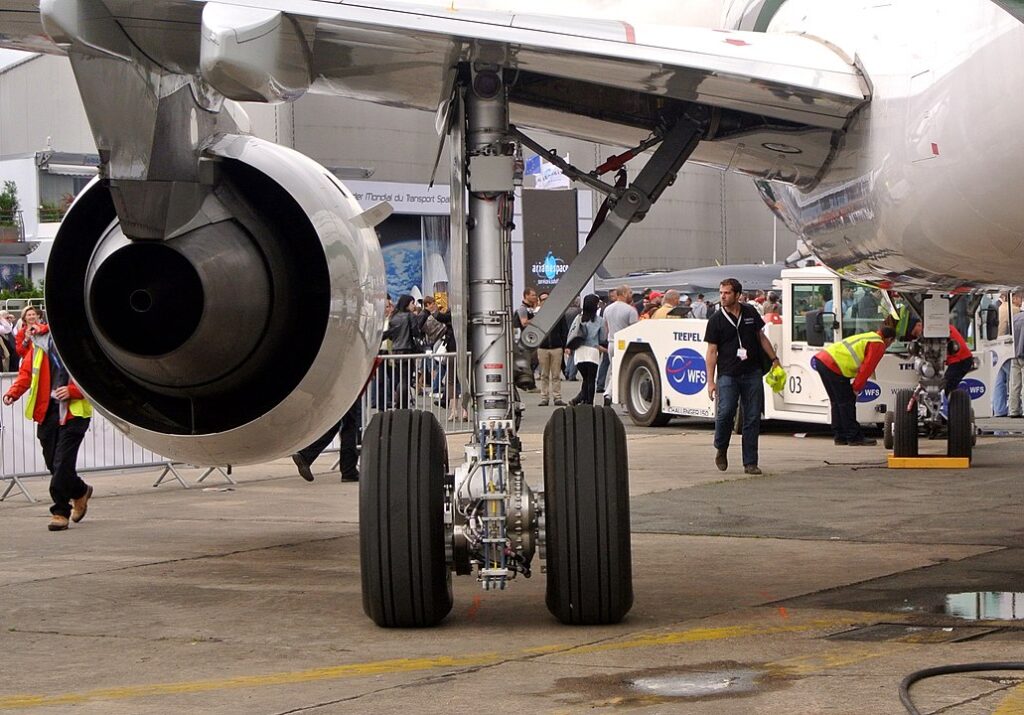
Electric taxiing systems enable aircraft to move on the ground without using their main engines, reducing fuel consumption and emissions during ground operations. These systems use electric motors integrated into the landing gear, providing a sustainable alternative to conventional taxiing methods.
Optimized Flight Paths
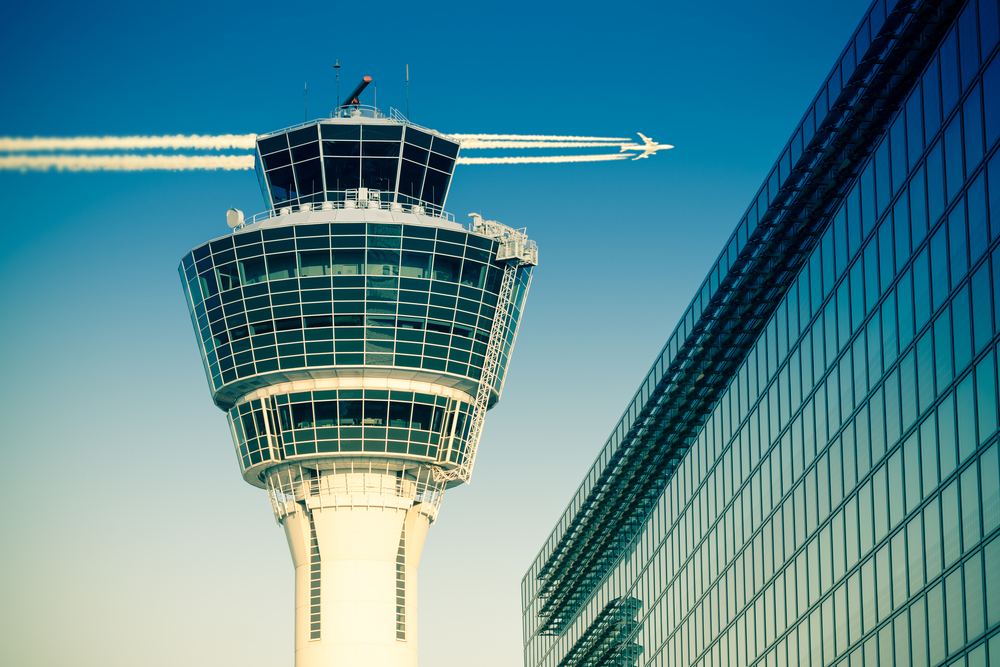
Advanced navigation systems and air traffic management technologies help optimize flight paths, reducing the distance traveled and fuel used. By minimizing deviations and holding patterns, aircraft can achieve more direct routes, leading to lower emissions and improved efficiency.
Continuous Descent Approach (CDA)
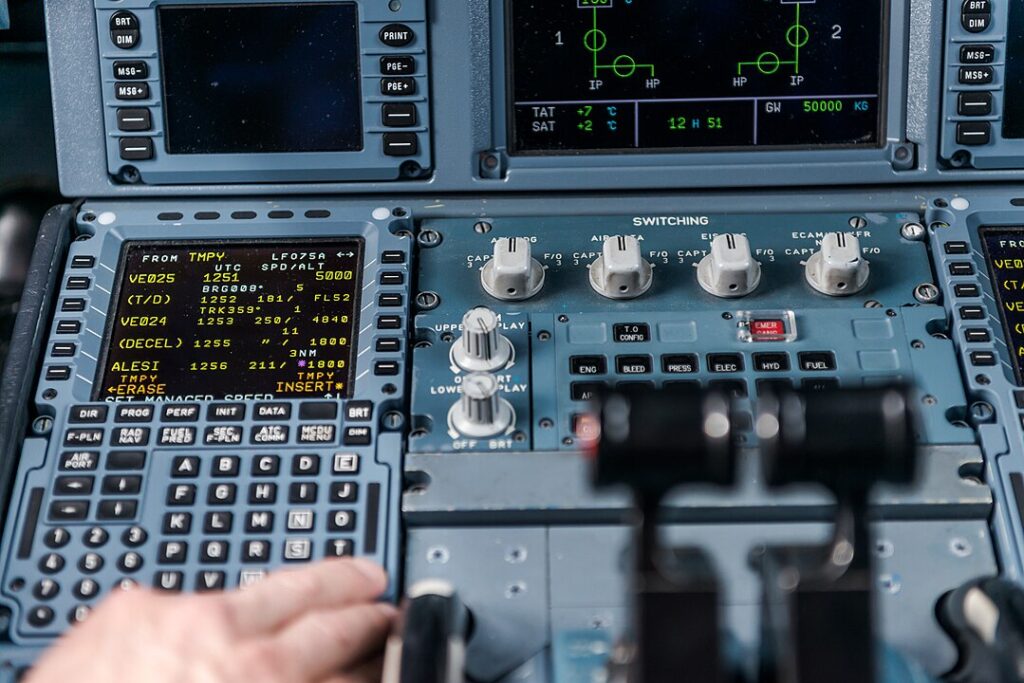
Continuous Descent Approach (CDA) is a landing procedure that allows aircraft to descend gradually and smoothly from cruising altitude to the runway. This technique reduces fuel consumption, noise, and emissions compared to traditional step-down approaches, contributing to more sustainable flight operations.
Improved Air Traffic Management (ATM)
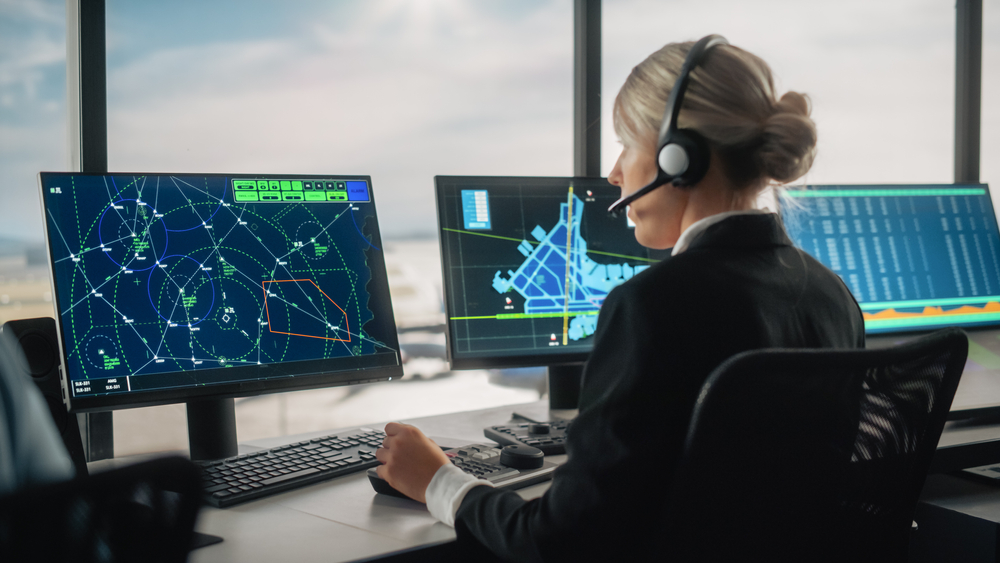
Enhanced air traffic management systems improve airspace efficiency by reducing delays and optimizing flight routes. Technologies such as NextGen in the United States and SESAR in Europe enable more precise navigation, reducing fuel burn and emissions through better traffic flow management.
Recycling and Reusing Aircraft Parts
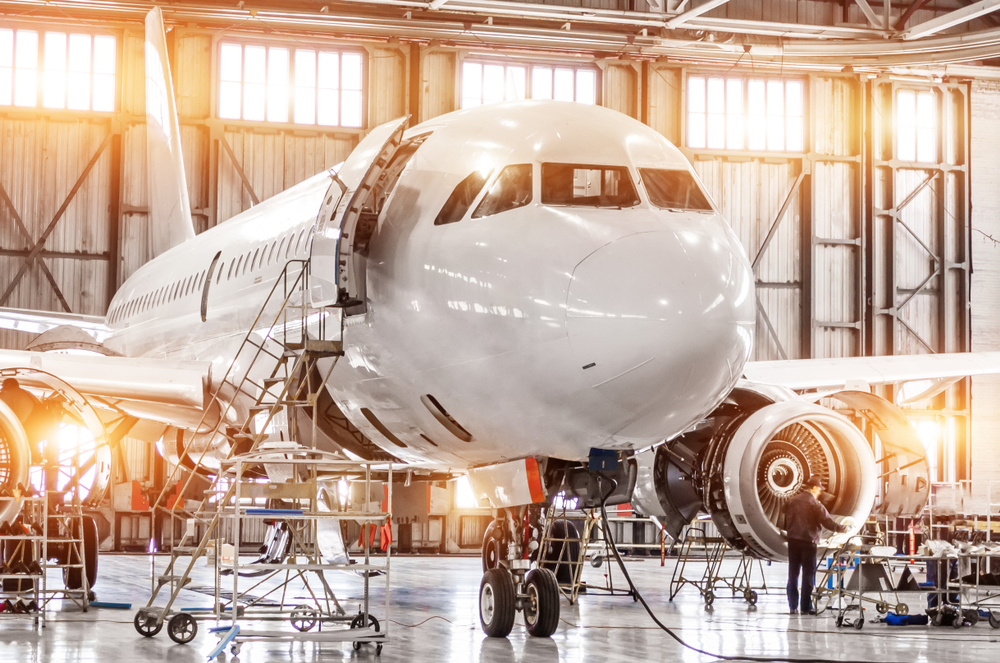
Sustainable practices in aircraft manufacturing and maintenance include recycling and reusing materials and components. By extending the life cycle of parts and reducing waste, the aviation industry can minimize its environmental impact and promote resource efficiency.
This article originally appeared in MyCarMakesNoise.
More from MyCarMakesNoise
20 Iconic Cars That Defined the American Dream

The American Dream has always been closely tied to the open road, where freedom, innovation, and style come together. Over the decades, certain cars have become icons, capturing the essence of this dream and symbolizing the spirit of a nation. Read More
10 Countries Excelling in Clean Energy Progress

The climate crisis is no longer a distant threat; it’s a stark reality that nations around the globe must confront with decisive action. While the transition from fossil fuels poses significant challenges, it also presents an opportunity to reinvent our energy systems and build a more sustainable future. Read More
Discover the 20 Best Military Vehicle Museums You Have to Visit

If you’re a history enthusiast or fascinated by military vehicles, you’re in for a treat. Discover the 20 best military vehicle museums you have to visit, each offering a unique glimpse into the past. Read More














